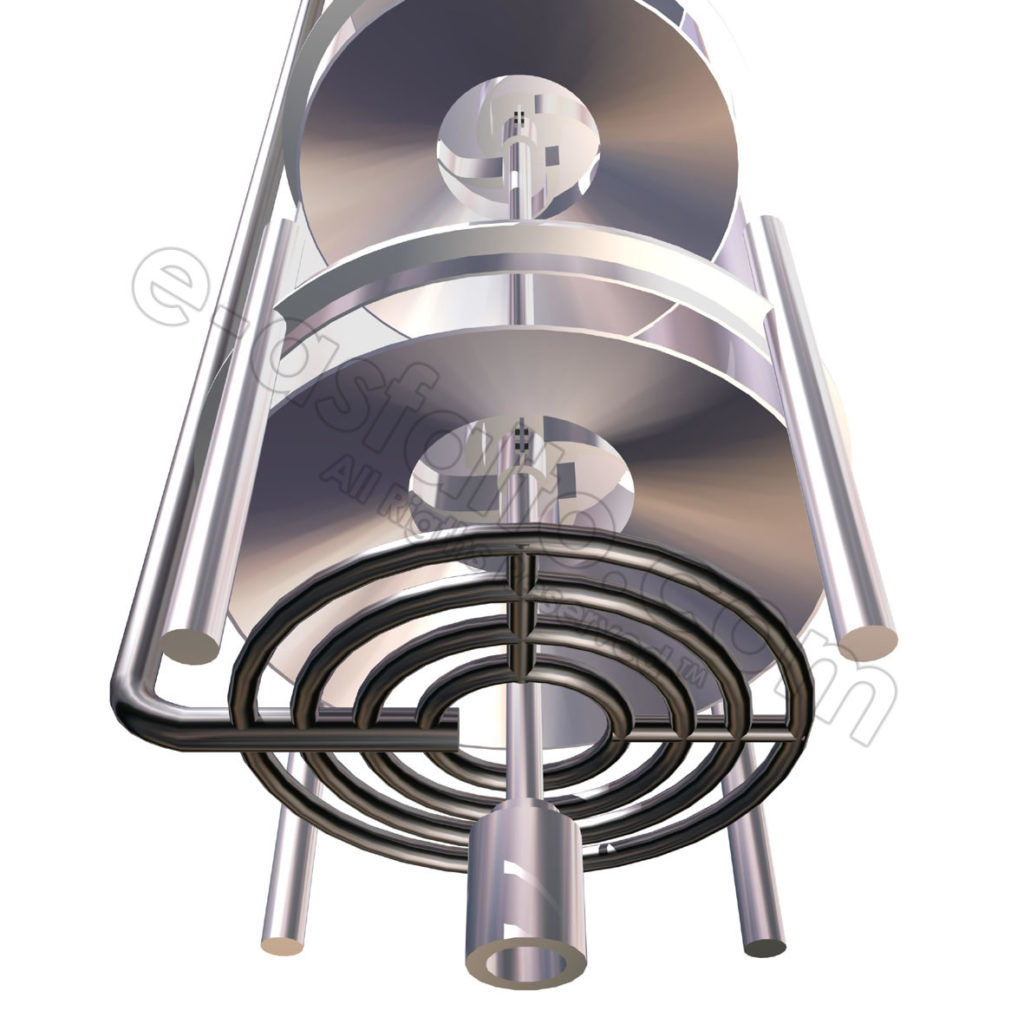Asphalt blown units
Asphalt Air Blowing Process
Description of the continuous blowing process
After preheating, the short residue is introduced into the blowing column just below the normal liquid level. Air is blown through the bitumen by means of an air distributor located at the bottom of the column. The air is not only the reactant but also serves to agitate and mix the bitumen, thereby increasing the surface area and rate of reaction. Oxygen is consumed by the bitumen as the air ascends through the material. Steam an water are sprayed into the vapour space above the bitumen level, the former to suppress foaming and dilate the oxygen content of waste gases and the latter cools the vapours to prevent after-burning. The “blown” product flows from the bottom of the blowing column into a surge drum via an external draw-off line. In this way the minimum level of product in the blowing column is controlled.

From the surge drum the blown product is passed through heat exchangers to achieve the desired “rundown” temperatures and to provide an economical means of preheating the short residue, before pumping the product to storage. The penetration and softening point of the blown bitumen are affected by:
* the viscosity of the feedstock
* the temperature in the blowing column
* the residence time in the blowing column
* the origin of the crude oil used to manufacture the feedstock
* the air-to-feed ratio
The blowing process dehydrogenates the short residue, resulting in oxidation and polycondensation, increasing the overall molecular size of the asphaltenes already present in the feed and forming additional asphaltenes from the maltene phase. The reaction is exothermic. Therefore close temperature control of this process is required, which is achieved by regulating the air-to-short residue ratio in the blowing column.
Air-rectified or semi-blown bitumens
To produce penetration grade bitumens suitable for road construction, bitumens manufactured from some crudes require a limited amount of air blowing. This process is termed semi-blowing or air rectification. Used judiciously, semi-blowing can be applied to reduce the temperature susceptibility of the bitumen, ie increase its penetration index.
Fully blown bitumens
Fully blown or oxidised bitumens are produced by vigorous air-blowing of short residue or short residue blended with a heavy distillate. The position of the blowing curve is primarily dependent on the viscosity of the feed, ie the softer the feed the higher the curve. The severity of blowing depends on the temperature in the column and to a lesser extent on the residence time. Thus by controlling the viscosity of the feed and the conditions in the column all the blown grades of bitumen can be manufactured.
Oxidized bitumens
Oxidized bitumens are used almost entirely for industrial applications, eg roofing, flooring mastics, pipe coatings, paints, etc, and are specified and designated by both softening point and penetration tests, eg 85/40 is an oxidized grade bitumen with a softening point of 85+-5 ºC and a penetration of 40 +- 5.
The chemistry of the blowing process
The aim of the blowing process is theformation of asphaltenes. Three phenomena can be identified:
* Reactions during which the size of the molecules increases; formation of esters is particularly important; they not only account for about 60% of the oxygen in blown bitumen but also link up two different molecules and thus contribute to the formation of material of higher molecular weight; this mechanism results in an increase in the asphaltene content and a change in the colloid-chemical constitution and rheological properties of the bitumen
* Reactions during which the size of the molecule is unchanged; formation of cyclic hydrocarbons by means of dehydrogenation with H2O as a side product
* Reactions during which the size of the molecule decreases; separation of side branches from the molecules with blown distillate produced as a side product.


